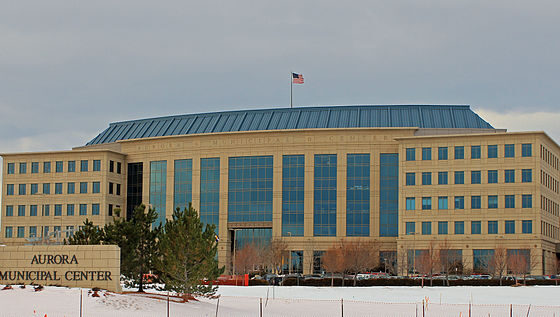In July, DU will begin to obtain all student loans through the federal government’s direct-lending program, following the actions of many other colleges around the country.
The change was made in anticipation of President Obama’s signature of a bill that would eliminate federal guarantees to student loans from third-party lenders. If passed, this bill will mean all student loans come directly from the government.
The bill cleared the House in September as H.R. 3221. The Senate version is currently under debate.
DU made the decision in August to use the federal government for all student loans.
The government guarantees private lender student loans through subsidies to lending institutions and banks under the Federal Family Education Loan Program (FFELP).
Private lenders, such as Sallie Mae, traditionally made up the majority of student loans.
DU has used a combination of both direct and indirect-loans in the past.
In the fall, the bill passed the House quickly, and looked as if it would soon become law. DU wanted to be ready for the possibility that private lenders would be cut out of the student loan business, and decided to voluntarily make this change, said Julia Benz, assistant vice-chancellor of financial aid.
Benz is confident DU made the right decision in this move, mainly for the security direct-lending gives to students and colleges.
In the fall, economic instability hurt some of the schools using private lenders. Though DU was not affected, some colleges had trouble with lenders not being able to give students their money, said Benz.
“It was kind of touch and go last year with the economy,” she said. “We’re going to go for the sure deal. The important thing is making sure the capital is there.”
According to the House Committee on Education and Labor, the direct lending program will be more reliable than private lenders, who are susceptible to market fluctuations. Direct lending will guarantee low-cost loans in any economy, according to the committee.
The Office of Financial Aid plans to formally communicate this change to new and current students before the start of the 2010-2011 academic year.
Though the decision was made in August, DU decided to wait to tell students to avoid confusion. No changes will be made until July 1, and students have not been affected at all so far.
“We want to make it very transparent to students,” she said.
The Congressional Budget Office released a report in July indicating this bill could free up $80 billion for student grants and loans over the next 10 years.
This money would be given back to students, partly through increased funds for Pell Grants.
As the bill remains in Congress, this figure may be shrinking. No one really knows how much money the bill would actually give back to students, said Benz.
This figure was projected under last year’s model for student lending, where close to 90 percent of loans came from third-party, private lenders.
Schools are moving toward direct lending in anticipation of the bill’s passing.
Since colleges are eliminating the use of third-party lenders, the subsidies are going down and the $80 billion figure is reducing, she said.
Concerns with moving to all direct-lending are more regulations and sacrificing service.
On the service side, the Department of Education has really ramped up their capabilities, she said. It has changed to be a more performance-based organization.
Individual autonomy in the student loan process may make the transition to all direct-lending easier.
“There was a time and a place for banks to be involved, but with more automization there may be less need for it,” said Benz.










